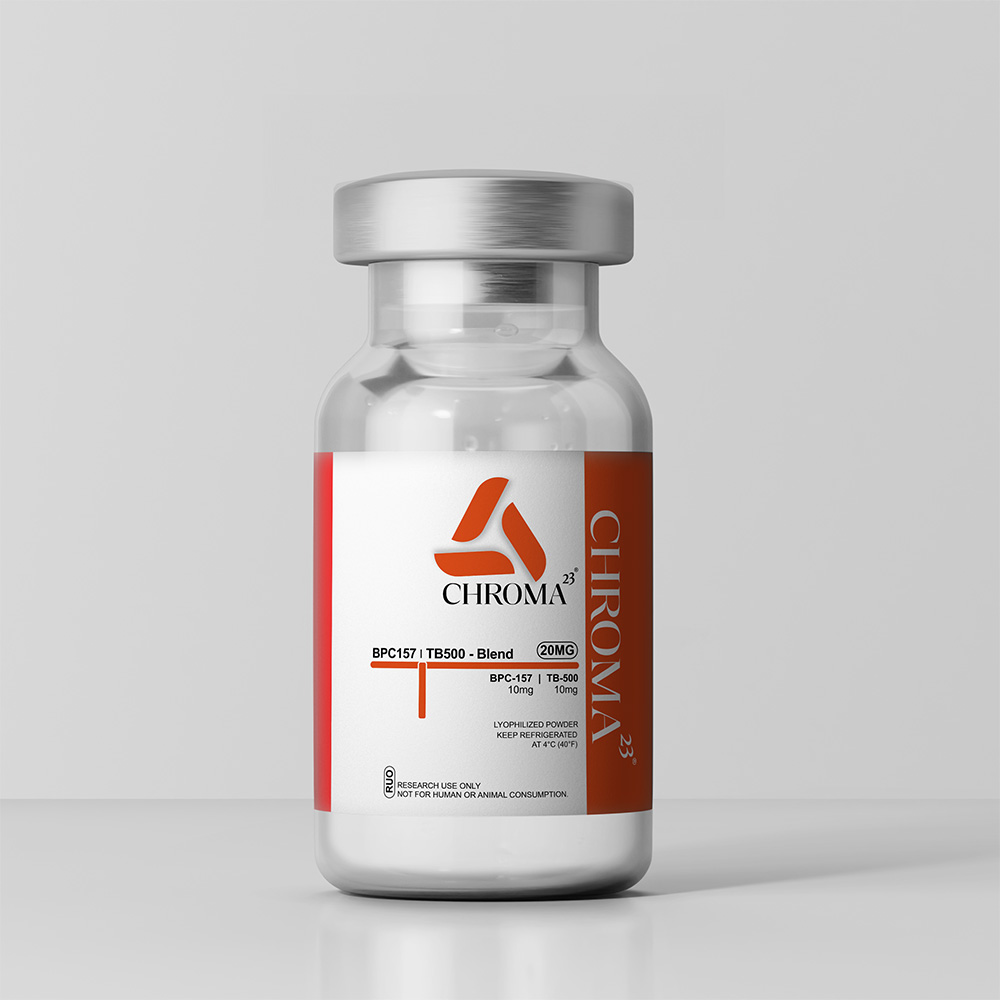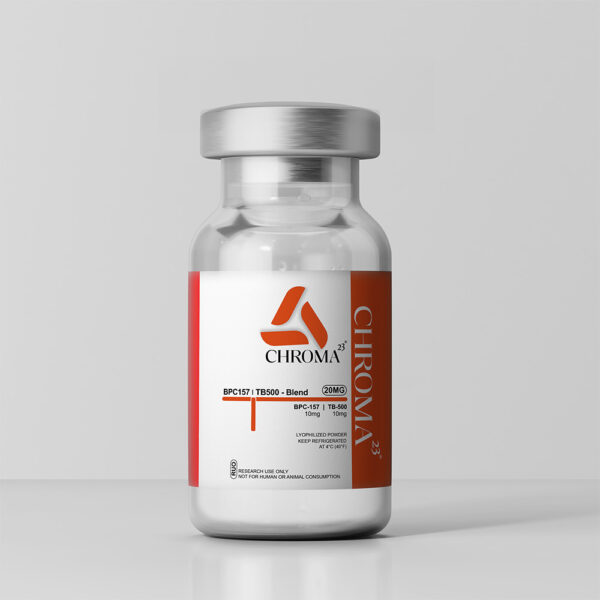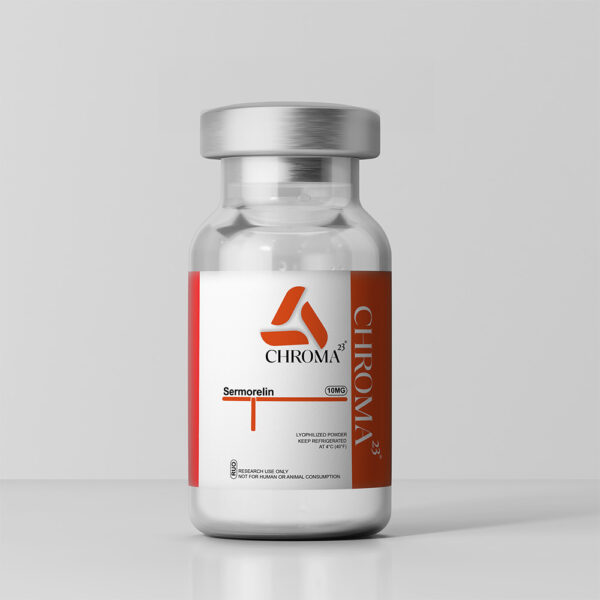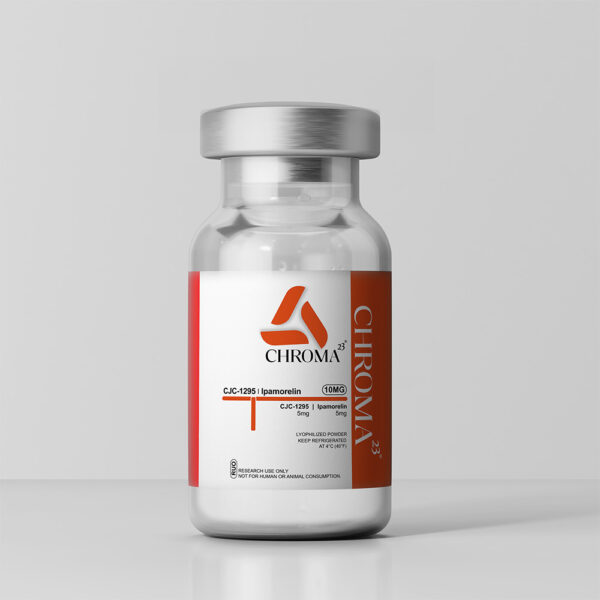The BPC-157 and TB-500 peptide blend presents a compelling combination for researchers investigating regenerative medicine and advanced healing processes. Both peptides are well-known in the research community for their ability to modulate inflammation, stimulate tissue repair, and improve vascular function in preclinical models. When combined, they create a powerful dual-acting formula capable of influencing several biological pathways associated with recovery and repair.
BPC-157 is a synthetic peptide fragment derived from the body protection compound found in human gastric juices. It has been shown in rodent studies to accelerate healing in a variety of tissue types, including muscle, tendon, ligament, and even the gut lining. Its mechanism appears to involve upregulation of VEGF (vascular endothelial growth factor), which plays a central role in angiogenesis and microcirculation—both crucial for proper wound healing. BPC-157 has also demonstrated protective effects on the gastrointestinal tract and central nervous system.
TB-500, the synthetic version of Thymosin Beta-4, works primarily by regulating actin polymerization, a vital component of cellular structure and movement. It has been studied for its potential to stimulate cell migration, reduce inflammation, and enhance the repair of skin, muscle, and connective tissues. Studies in animal models have shown its ability to speed up healing in corneal injuries, myocardial infarction, and musculoskeletal damage.
Together, these peptides may support enhanced regeneration, not only by accelerating physical repair but also by modulating immune response and improving tissue oxygenation through new blood vessel formation. Researchers are exploring the blend’s efficacy in models of post-surgical recovery, tendon repair, joint degeneration, and even neural regeneration.
This peptide blend is provided as a lyophilized powder and is intended exclusively for in vitro and animal research. It is not for human use and is sold only for scientific investigation in controlled environments.
Product Data:
- BPC-157 Sequence: Gly-Glu-Pro-Pro-Pro-Gly-Lys-Pro-Ala-Asp-Asp-Ala-Gly-Leu-Val
- TB-500 Sequence: Ac-Ser-Asp-Lys-Pro-Asp-Met-Ala-Glu-Ile-Glu-Lys-Phe-Lys-Asn-Pro-Thr-Glu-Ser
- Molecular Formula (BPC-157): C62H98N16O22
- Molecular Formula (TB-500): C212H350N56O78S
- Molecular Weight (BPC-157): 1419.54 g/mol
- Molecular Weight (TB-500): ~4963 g/mol
- CAS Number (BPC-157): 137525-51-0
- CAS Number (TB-500): 77591-33-4





